Ancient & Modern History
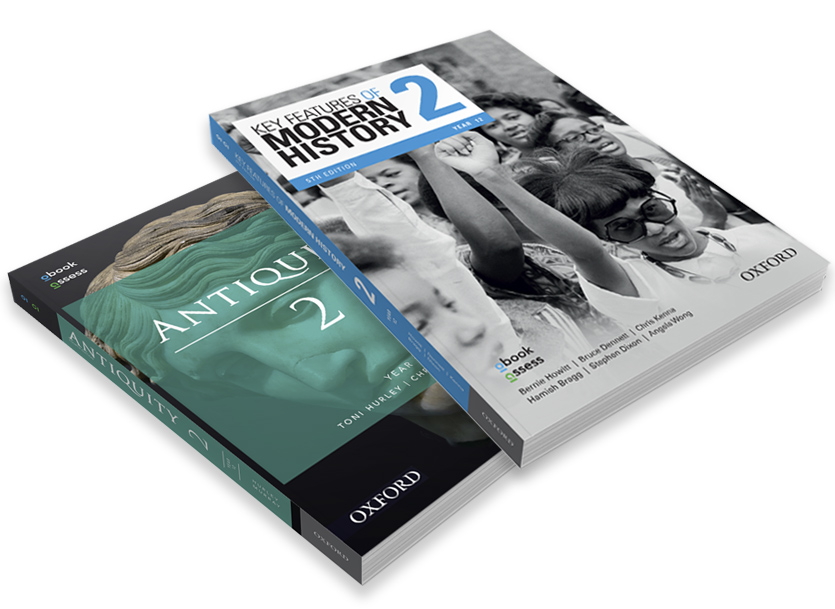
New South Wales Ancient and Modern History
Key Features of Modern History
Antiquity | Stage 6
Year 12 print resources available now
Jump to section: Series details | Digital resources | Available titles | Request Digital Samples
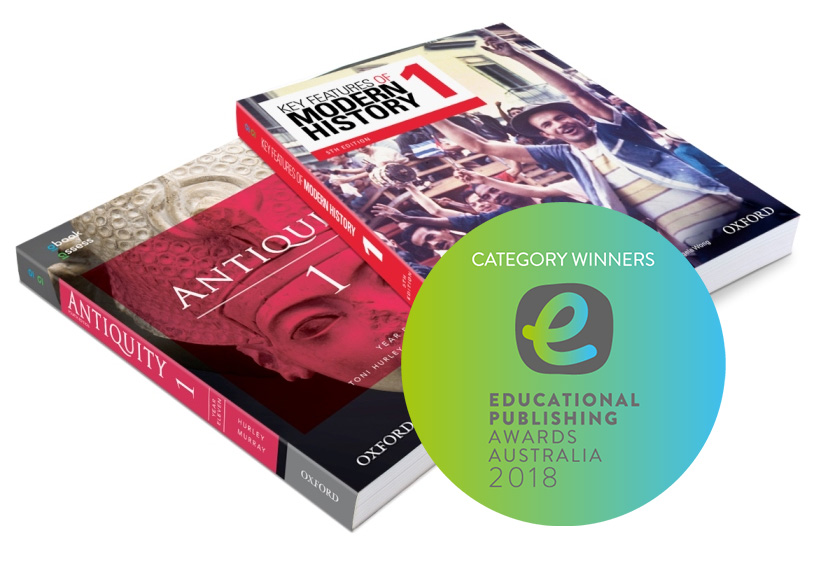
EPAA award-winning resources
Antiquity 1 Year 11 4E Teacher obook assess
CATEGORY WINNER: Secondary Teaching Resource
Key Features of Modern History 1 Year 11 5E Student book + obook assess
CATEGORY WINNER: Secondary Student Resource
Senior English/Humanities/Languages/Arts/Technologies/Health and Physical Education
New South Wales’ most trusted Ancient and Modern History series
Antiquity and Key Features of Modern History have been updated for the 2018 Stage 6 syllabuses, offering unparalleled depth and coverage in easy-to-read, easy-to-understand and easy-to-master formats.
Key enhancements
- All content has been explicitly aligned to the new 2018 Ancient and Modern History Stage 6 syllabuses
- Trusted, in-depth and appropriately levelled content has been developed by expert teachers
- A new, simplified structure organises content into manageable spreads and topics
- Unambiguous language is used throughout with visuals to support learning
- obook assess provides comprehensive student and teacher digital support, including answers to every question in the book, assessment and exam preparation support, videos and more
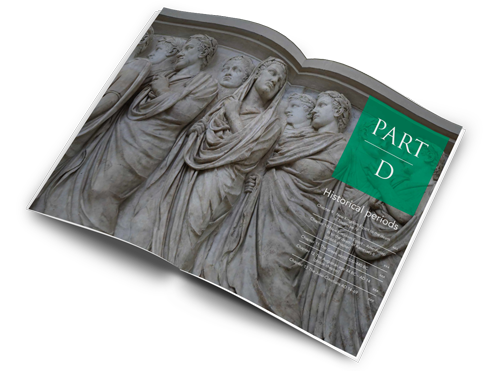
A pathway to success for every student
- New: ‘Focus questions’, ‘Key concepts and skills’, and ‘Learning goals’ are clearly stated at the beginning of each chapter to guide teachers and students through the content
- New: ‘Check your learning’ questions for each topic allow students to review and expand on what they have learned
- New: ‘Understanding and using the sources’ questions throughout each chapter enhance student understanding of how to use and critically analyse historical sources
- New: A ‘Profile’ for each chapter allows for more in-depth learning about a historically significant person, event or phenomenon
- New: Bolstered by a digital platform, teachers will be equipped with an array of resources to effectively deliver the course, and students will be able to interact with content using a variety of digital tools
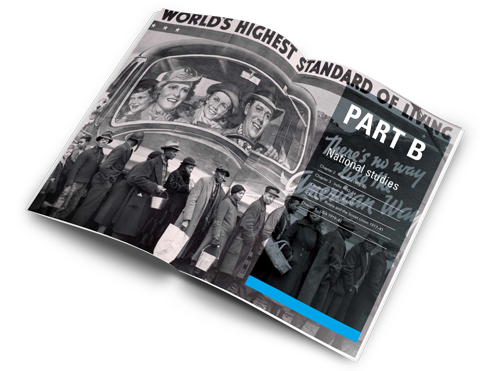
Award-winning digital resources
Antiquity and Key Features of Modern History are each supported by an unparalleled range of engaging and relevant digital resources via obook assess.
Resources for students:
- a complete digital version of the Student book with note-taking and bookmarking functionality
- targeted instructional videos by some of Australia's most experienced History teachers
- interactive auto-correcting multiple-choice quizzes
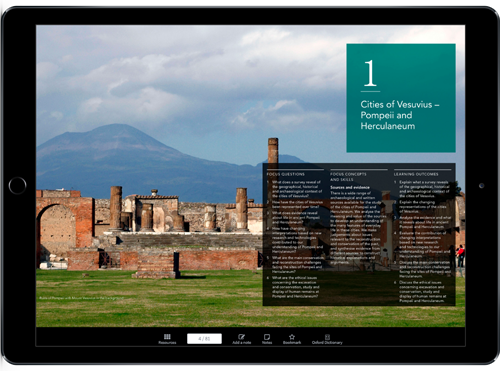
With obook assess, students can:
- access their student book
- access rich, interactive content
- access work assigned by their teacher: reading, homework, tests and assignments
- use their cloud-based obook anywhere, any time, on any device.
Resources for teachers:
- course planners and teacher notes
- answers to every question in the Student book
- printable and editable practice exams
- HSC exam guides
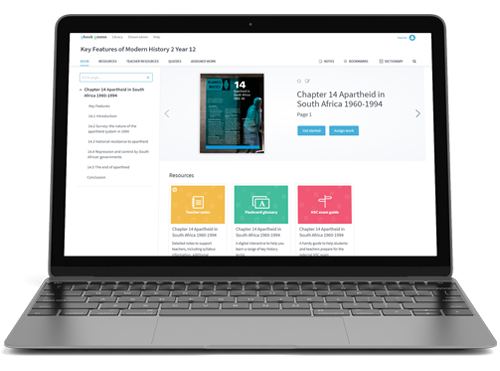
With obook assess, teachers can:
- set up classes
- access editable tests and set assignments
- monitor progress and graph results
- create groups within classes and assign work or tailor instruction to meet the different needs and abilies of students
- view all available content and resources in one place.
Available titles:
-
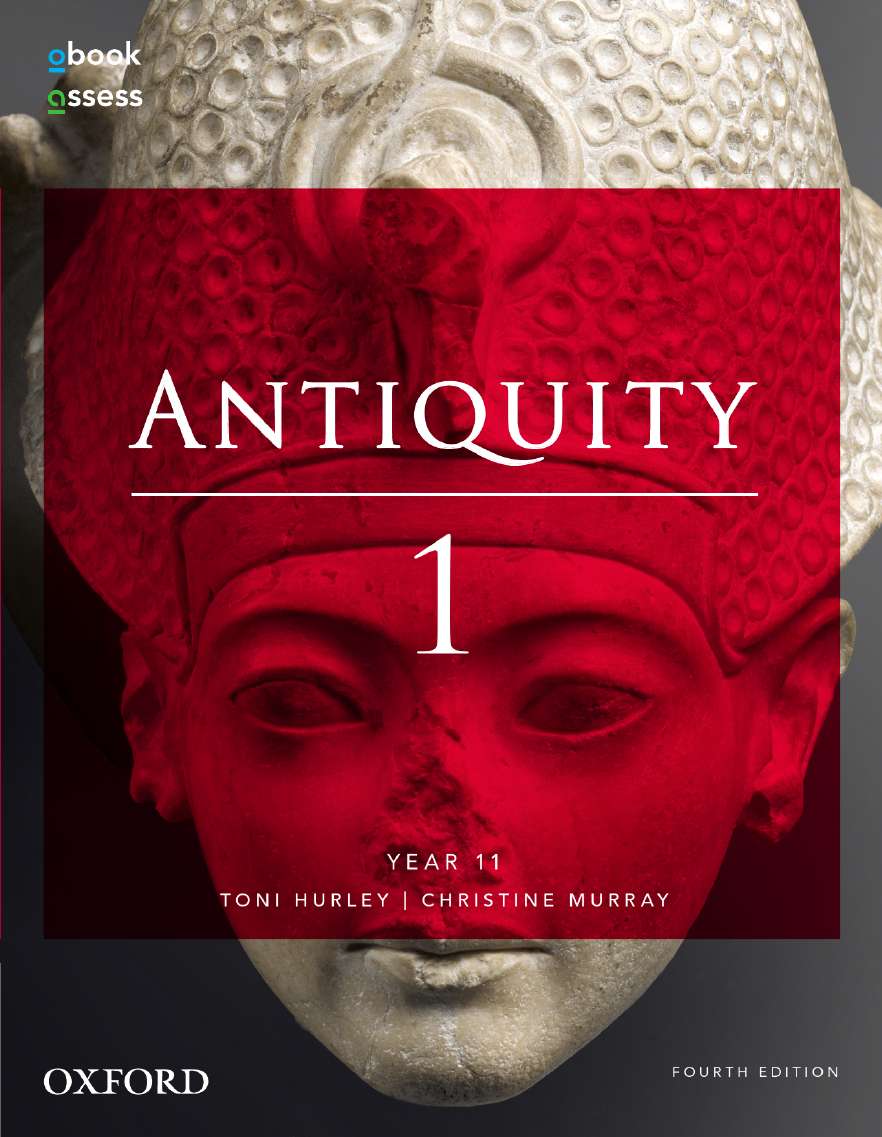 Title:Antiquity 1
Title:Antiquity 1
Year 11 Student book + obook assessISBN:9780190302955 -
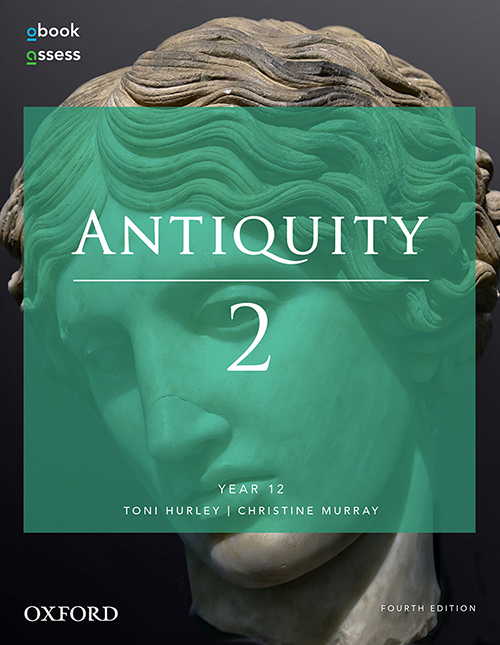 Title:Antiquity 2
Title:Antiquity 2
Year 12 Student book + obook assessISBN:9780190302986 -
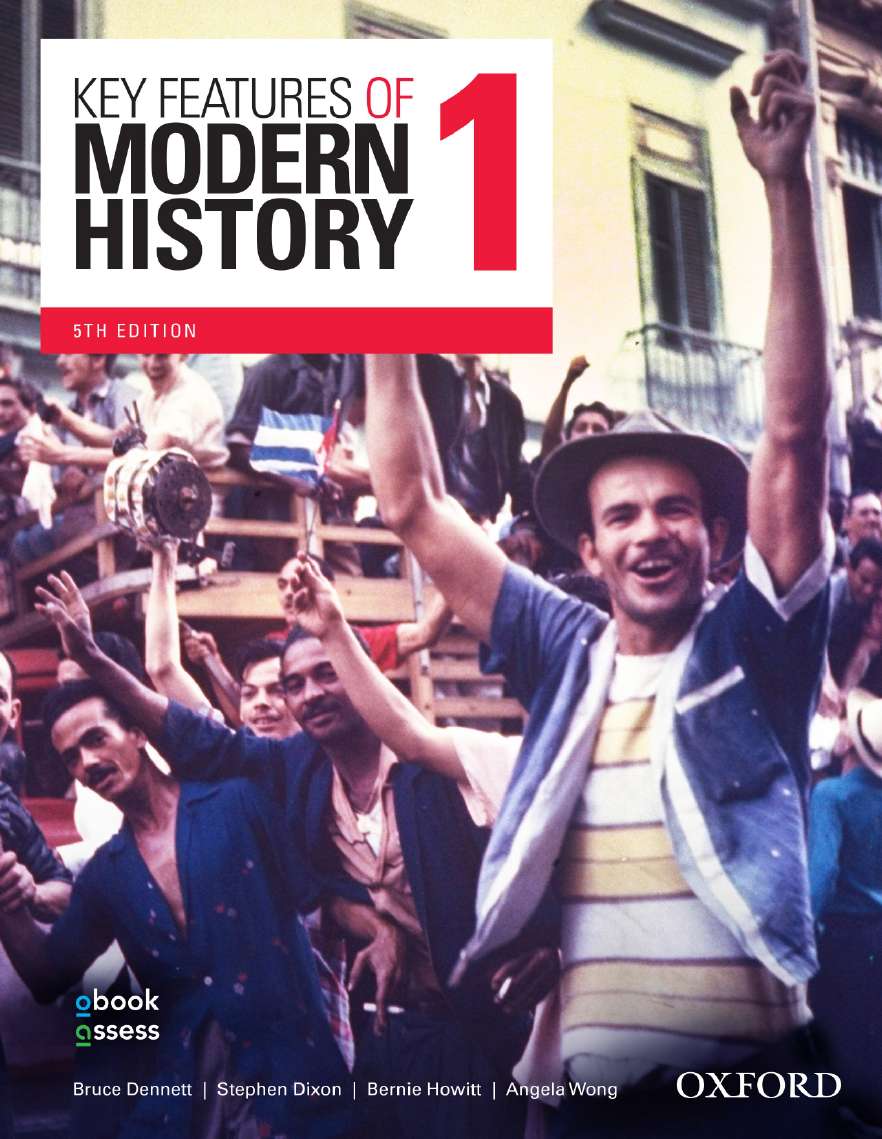 Title:Key Features of Modern History 1
Title:Key Features of Modern History 1
Year 11 Student book + obook assessISBN:9780190310462 -
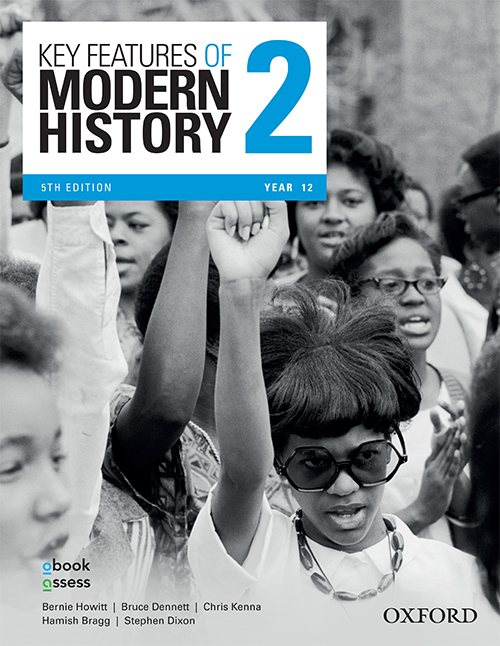 Title:Key Features of Modern History 2
Title:Key Features of Modern History 2
Year 12 Student book + obook assessISBN:9780190311896
Contents & sample chapters
PART A: INVESTIGATING ANCIENT HISTORY – THE NATURE, METHODS AND ISSUES OF ANCIENT HISTORY
Chapter 1: The investigation of ancient sites and sources
Chapter 2: Historical authentication and reliability
Chapter 3: The representation of the ancient past
Chapter 4: Preservation, conservation and reconstruction of ancient sites
Chapter 5: Cultural heritage and the role of museums
Chapter 6: The treatment and display of human remains View
PART B: INVESTIGATING ANCIENT HISTORY – CASE STUDIES
Chapter 8: Tutankhamun’s tomb
Chapter 9: Thera
Chapter 10: Troy
Chapter 11: The Celts
Chapter 12: Ancient Australia: Lake Mungo
Chapter 13: Ashoka
Chapter 14: Persepolis
PART C: FEATURES OF ANCIENT SOCIETIES
Chapter 16: Women in ancient Greece and ancient Rome
Chapter 17: Death and funerary customs: Old Kingdom Egypt
Chapter 18: Weapons and warfare: Assyria
PART A: CORE STUDY
Chapter 1: Cities of Vesuvius: Pompeii and Herculaneum
View
PART B: ANCIENT SOCIETIES
Chapter 2: New Kingdom Egypt society to the death of Amenhotep III [obook only chapter]
Chapter 3: Bronze Age: Minoan Crete
Chapter 4: Spartan society to the Battle of Leuctra 371 BC
PART C: PERSONALITIES IN THEIR TIMES
Chapter 5: Hatshepsut
Chapter 6: Akhenaten
Chapter 7: Xerxes
Chapter 8: Agrippina the Younger
PART D: HISTORICAL PERIODS
Chapter 9: New Kingdom Egypt to the death of Thutmose IV
Chapter 10: New Kingdom Egypt from Amenhotep III to the death of Ramesses II [obook only chapter]
Chapter 11: The Greek World 500–440 BC
Chapter 12: The Augustan Age 44 BC–AD 14 [obook only chapter]
Chapter 13: The Julio-Claudians AD 14–69
PART A: INVESTIGATING MODERN HISTORY – THE NATURE OF MODERN HISTORY
Chapter 1: The investigation of historic sites and sources: The trenches of World War 1 and the archaeology of Fromelles
Chapter 2: The contestability of the past: Pearl Harbor
Chapter 3: The construction of modern histories: the Holocaust
Chapter 4: History and memory: autobiography
Chapter 5: The representation and commemoration of the past: film, television and history
Chapter 6: Historical investigation
PART B: INVESTIGATING MODERN HISTORY – CASE STUDIES
Chapter 7: Terrorism
Chapter 8: The American Civil War View
Chapter 9: The decline and fall of the Romanov dynasty
Chapter 10: The Cuban Revolution
Chapter 11: The Boxer Rebellion in China
Chapter 12: The origins of the Arab–Israeli conflict
PART C: THE SHAPING OF THE MODERN WORLD
Chapter 13: World War I
Chapter 14: The French Revolution
Chapter 15: The age of imperialism
PART A: CORE STUDY
Chapter 1: Power and authority in the modern world 1919–1946
PART B: NATIONAL STUDIES
Chapter 2: Australia 1918–1949 [obook only chapter]
Chapter 3: India 1942–1984 [obook only chapter]
Chapter 4: Japan 1904–1937
Chapter 5: Russia and the Soviet Union 1917–1941
Chapter 6: USA 1919–1941
PART C: PEACE AND CONFLICT
Chapter 7: Conflict in Indochina 1954–1979
Chapter 8: Conflict in the Pacific 1937–1951
Chapter 9: Conflict in Europe 1935–1945
Chapter 10: The Cold War 1945–1991
PART D: CHANGE IN THE MODERN WORLD
Chapter 11: The Cultural Revolution to Tiananmen Square 1966–1989 [obook only chapter]
Chapter 12: Civil Rights in the USA 1945–1968
Chapter 13: The Nuclear Age 1945–2011
Chapter 14: Apartheid in South Africa 1960–1994 View